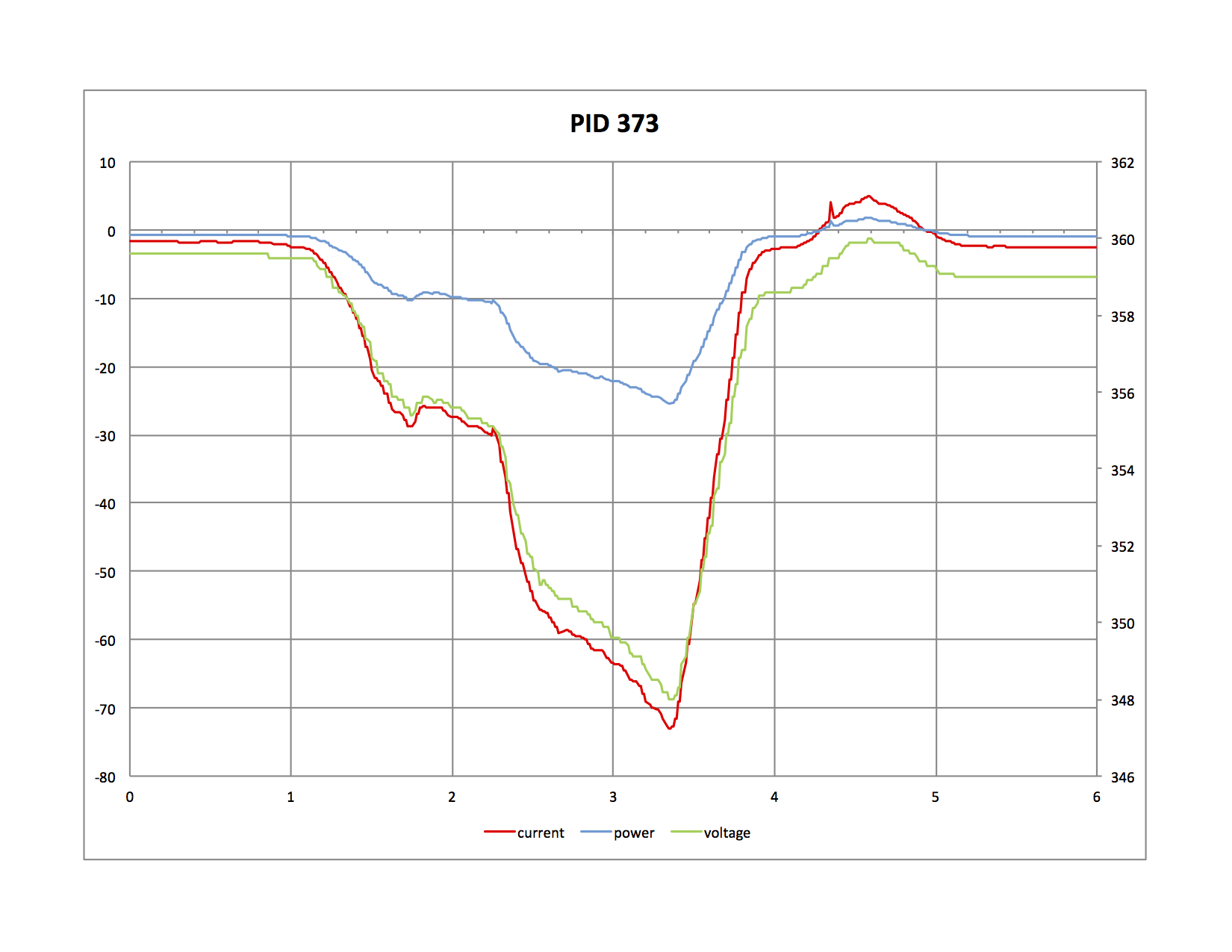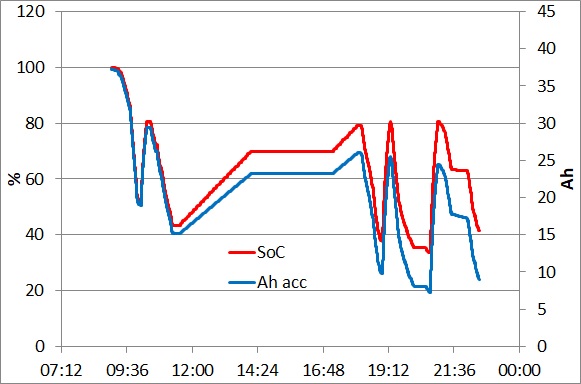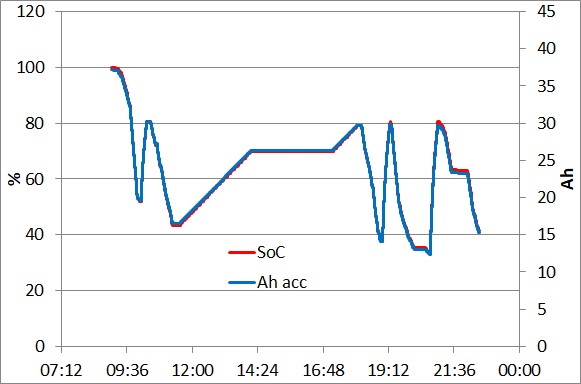Edit: i will need to redo this scan so disregard all this guess work. Even though the Saleae Logic analyzer is a nicely packaged tool, easy to use, etc., and their website claims that it can be used to read CAN data--i have found that it is not working on the mitsubishi CAN buss...
______________________________________________
i made a scan to record what happens when you start heating/defrost using the Remote while plugged in the EVSE, and i made another scan during the heating session just to catch more data for comparison.
Surprisingly, in both scans none of the PIDs that were previously reported to be related to heater control settings or operation were used or found, e.g. 0x384, 385, 3A4.
What was found were some Extended ID codes, both requesting data and sending data?-- So there's another can of worms to decode...
The EV Remote-ECU located under the dash is the antenna receiver for the remote commands. It must be powered up all the time at least while the EVSE is connected. My guess is that it uses the Extended CAN ID parameters for communication and override of the AC/Heater Switch settings.
______________________________________________
i made a scan to record what happens when you start heating/defrost using the Remote while plugged in the EVSE, and i made another scan during the heating session just to catch more data for comparison.
Surprisingly, in both scans none of the PIDs that were previously reported to be related to heater control settings or operation were used or found, e.g. 0x384, 385, 3A4.
What was found were some Extended ID codes, both requesting data and sending data?-- So there's another can of worms to decode...
The EV Remote-ECU located under the dash is the antenna receiver for the remote commands. It must be powered up all the time at least while the EVSE is connected. My guess is that it uses the Extended CAN ID parameters for communication and override of the AC/Heater Switch settings.




























